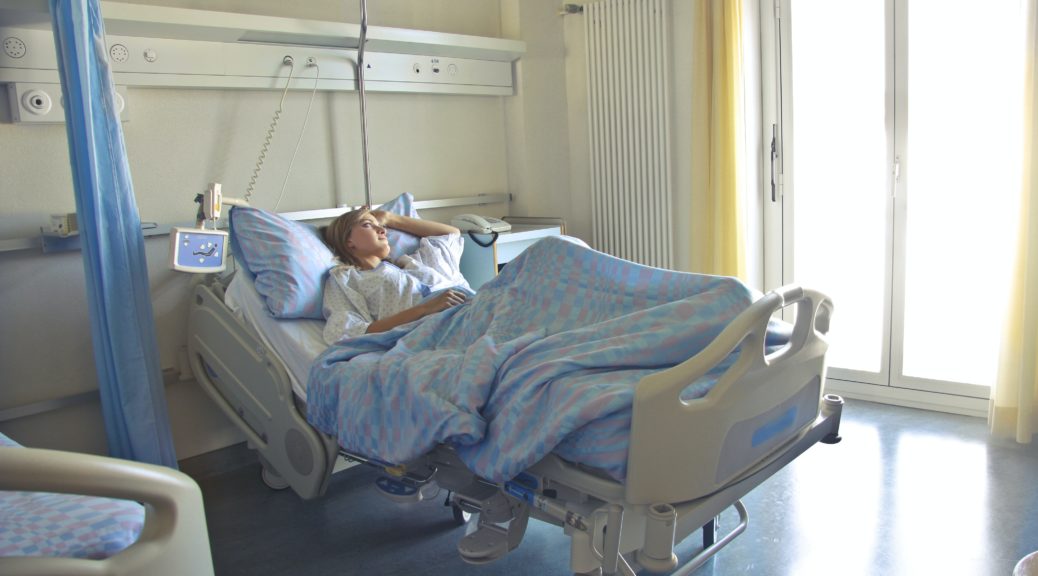
Neonatal and maternal care in the first hours and breastfeeding initiation
Neonatal and maternal care in the first hours after birth is important for the initiation of breastfeeding and establishing it properly. Here key points are skin-to-skin contact and the first latch within the first two hours of life.
The main strategy to promote breastfeeding physiology is based on grouping and adapting postnatal care, favoring unrestricted skin-to-skin contact, avoiding early separation of the baby from the mother’s body, and facilitating an environment that favors the mother’s release of oxytocin, that is, promoting security and intimacy.
Usually, common postnatal care procedures include (depending on local protocols):
- Administration of neonatal prophylaxis: vitamin K and erythromycin eye drops.
- Taking anthropometric measurements of the newborn: weight, height, and head circumference.
- Perform postpartum care and check-up of the mother: assessment of postpartum bleeding, uterine involution, vital signs, control and tone of the lower extremities (in case of epidural delivery)
- Transfer to the ward or hospital room
- Administration of medication to the mother (analgesia and/or antibiotic therapy)
It is likely that all of these care procedures will not be performed in the same place where the baby was born. However, the continuity of care, according to the vital moment of the mother-baby dyad and the physical space where they are, is important. Communication between the delivery room and the hospital ward is especially important at this moment to avoid repeating the same nursing activities in a short period of time.
If neonatal and maternal care is suitable in the immediate postpartum time can be based on:
- Many protocols recommend vitamin K administration to prevent hemorrhagic disease in newborns. The recommended dose is 1 mg as a single intramuscular dose. But it is not necessary to administer this just after birth or separate the baby from the mother, as evidence supports its administration after the first latch or during the feed, thanks to the analgesic effect produced by the suction. It can be administered within the first two hours of life but within the first six hours of life. Keep in mind that the administration of this vitamin can also be oral by having to repeat the administration on different days.
- Regarding the prevention of ophthalmia neonatorum, the use of 0.5% erythromycin ophthalmic ointment is usually recommended. Its administration can be delayed until 4 hours after delivery. At this time, the newborn will be in the physiological sleep stage, with the advantage of avoiding visual interference between mother and newborn.
- As for the anthropometric measurements of the newborn, it is not necessary to separate the mother and newborn during their skin-to-skin contact in the delivery room. These measurements can be taken after the first feed by looking for a moment when the newborn is in a peaceful sleep and with the help of the birth partner in order to minimize the stress involved in these practices. There are more and more scientific publications that propose to perform them up to 24h after birth to avoid the weight bias that may be caused by the fact that the mother has received serotherapy during the birth process.
- The transfer to the ward or hospital room from the delivery room is another moment in which it is easy to break the skin-to-skin contact between mother and baby, as it involves the mother walking from the delivery bed to the hospital bed in the room. In hospitals, there are protocols to reduce the risk of falls, and it is likely that these will suggest that the birth partner holds the newborn so the mother can make this step more safely. This step, although controversial, can be done with the help of baby slings that help the mother-baby pair to maintain skin-to-skin contact and reduce this risk. If these slings are not available, a cloth can be used for the same purpose. In addition, it will be important to assess the mobility of the mother’s lower extremities if an epidural has been used during labor. Optimal mobility of the lower extremities will facilitate transfer and reduce the risk of falling.
- The checkups that are carried out for the care of the mother after giving birth can also be adapted to the importance of this vital moment. It is important to have good control of vital signs and postpartum bleeding. However, this should be avoided at times when the newborn is showing the rooting reflex or is crying. Respecting maternal sleep is also key to helping the new family to improve rest and promote the natural initiation of breastfeeding.
- If an intravenous medication (analgesia and/or antibiotic therapy) was administered to the mother, it is important to remove the IV set as soon as possible and facilitate the woman’s freedom of movement.
- As for the practice of dressing the newborn, this can be delayed. It can be proposed to the family, and they can be encouraged to do this by themselves and to choose their preferred moment. As healthcare professionals, you can offer your collaboration and/or accompaniment if they do wish to.
Skin-to-skin contact after birth and the first latch is a unique vital moment. Healthcare professionals that are involved in this process can help to establish and maintain breastfeeding by implementing the necessary care procedures in accordance with this vital moment for the family.
References
Morales Betancourt C, Pallás Alonso CR, Colomer Revuelta J, Cortés Rico O, Esparza Olcina MJ, Galbe Sánchez-Ventura J, et al. Prophylactic use of vitamin K to prevent hemorrhagic disease in the newborn. Rev Pediatr Aten Primaria. 2021;23:195-205.
Generalitat de Catalunya, Departament de Salut (2020). Protocol d’Atenció i Acompanyament al Naixement. http://salutweb.gencat.cat/ca/inici/